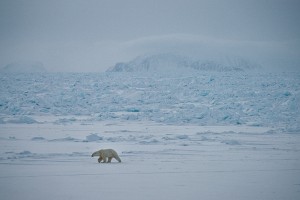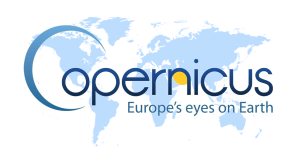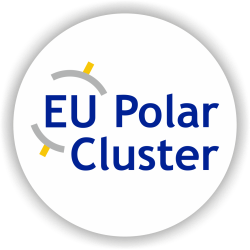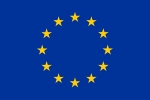About
KEPLER (Key Environmental monitoring for Polar Latitudes and European Readiness) is a multi-partner initiative, built around the operational European Ice Services and Copernicus information providers, to prepare a road map for Copernicus to deliver an improved European capacity for monitoring and forecasting the Polar Regions.
BACKGROUND
The marine environment in the Polar Regions is changing; with this comes both challenges and opportunities. Earth Observation (EO) has a key role to play in the sustainable development of the region, and the information services provided must be flexible to respond to the changing needs and conditions . Importantly they must provide much needed information for Arctic peoples and wider society, science, private sector and decision makers.

Our motivation is to put the public and stakeholders at the centre of Copernicus. This follows the recommendations of the ‘Copernicus User Uptake’ review, and its 4 themes of:
- Opening up of new Arctic sea routes
- Increased access to natural resources
- Development of new fisheries
- Easier access to tourism in the polar regions
- Specialised environmental monitoring
Copernicus, along with the KEPLER road map, are part of the solution to ensure increased European take-up of these opportunities.

This ‘opening up’ of the Arctic has important socio-economic, environmental and security implications. In the coming decades, the Arctic Ocean will be increasingly accessible and more broadly used by those seeking the region’s abundant resources and trade routes. The Arctic is home to 4 million people and its economic potential is enormous. However, it remains a challenging operating environment, with a harsh climate, vast distances, and little infrastructure. As investment continues to pour into the region, activities that call for a substantial need to:
- Improve information provision through EO services and products, to ensure the safe and efficient operations, including Search-and-Rescue (SaR), in this challenging environment
- Strongly develop the predictive and monitoring capability of key climate indicators in the Polar Regions
- Develop the European Union’s integrated policy for the Arctic.
Governments, industry and society recognise the economic, environmental, and security benefits that come from the increased capabilities and use of EO. One of the main driving forces behind this was the bold decision by the European Copernicus program for a free and open data policy. This has led to more than 125,000 registered users on the Copernicus Open Access Data Hub, and more than 50 PB (50,000,000 Gigabytes) of Sentinel data downloaded as of March 2018.
Just as the explosion in EO usage was occurring, scientists were documenting astonishing changes right across the Arctic ; on land, in the ocean and in the atmosphere. Possibly the most dramatic changes are those associated with Arctic sea ice. EO has recorded a significant decrease in sea ice extent in all months, especially in summer. There has been a reduction in summer sea ice extent from about 7 million square kilometres in the late 1970’s to around 3.4 million square kilometres in 2012; a reduction of around 50%. The Arctic is no longer a region dominated by a thick multi-year ice (MYI), but it is a regime controlled by thinner, more dynamic, first year ice (FYI). Climate forecasts predict that the Arctic Ocean is on track to become mostly ice free in summer within a few decades, if not earlier. These changes further highlight the urgency of monitoring and prediction.
MISSION
A key aim of KEPLER is to ensure that there is a clear, concise and achievable road map for the Copernicus programme to develop industry and societal-driven value-added technologies, products, and other services. This will also enhance the European capacity in Earth Observation for the monitoring of the Polar Regions, and its sustainable development, to the benefit of stakeholders. The first Sentinel satellites are in orbit, or due to be launched. It is important that in the next phase, Copernicus 2.0 starting in 2021, this capability is developed further to meet the requirements of the Polar Regions.
Learn more about Copernicus
PROJECT TIMELINE
KEPLER will run from 1st January 2019 to 30th June 2021, has a budget of €2.9M, 15 project partners, and is a EU Horizon 2020 Coordination and Support Action (CSA).





